It is that time of year. Flowers are in full bloom, the birds and bees are busily flitting from blossom to blossom pollinating away, and we humans are suffering with the sneezing, runny noses, and itchy and watery eyes that come along with seasonal allergies.
You may have noticed that about this time of year, your dog seems to get very itchy, almost to the point of scratching his skin off. Perhaps your pup is suffering from allergies too.
Seasonal allergies are very common in our four-legged friends. If you understand how allergies work, the signs and symptoms of allergies in your pet, and things you can do to help your dog when allergies strike, you and your pup will be able to make it through the season with minimal discomfort.
How Seasonal Allergies Work
Seasonal allergies work in dogs a lot like they do in humans. When a dog is exposed to an allergen for the first time, there will be no visible response to the allergen, but their immune system goes to work producing antibodies to the allergen.
The second time your dog is exposed to the allergen, those antibodies that were created during the first exposure go to work fighting off the allergen and cause an allergic reaction. Each time your put is exposed to the allergen, their immune system fights harder and harder against the allergen causing a bigger allergic reaction each exposure.
Signs and Symptoms of Seasonal Allergies
Now that you know how seasonal allergies in your pet work, it is important to understand the signs and symptoms in your dog. When humans have an allergic reaction to pollen or other allergens, we usually experience respiratory symptoms like sneezing, coughing, runny noses and itchy and watery eyes.
However, dog’s symptoms to the allergens are very different. While a small minority of dogs might exhibit respiratory symptoms, most dogs will have itching, also known as allergic atopy.
Dogs affected will itch and scratch all over their bodies, even to the point of creating bald spots, bleeding, and infection.
Preventing Seasonal Allergies
The best way to prevent seasonal allergies in your dog is to eliminate the allergens from the environment. Start by shampooing your dog frequently. Washing off the allergens will help keep the dog from suffering with allergy symptoms.
Second, take off your shoes when you come in the house so you are not tracking the allergens into the home. You can wash your dog’s feet to prevent them from tracking allergens into the home, or you can purchase dog boots to wear when they are 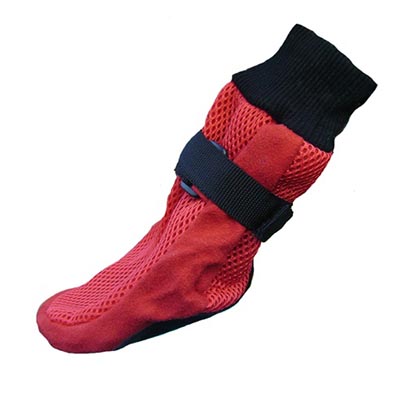 outside. Dog boots will protect their paws from the grass, weeds and other irritants and then you can remove them when the dog comes in the house instead of having to wash their paws every time they enter your home.
outside. Dog boots will protect their paws from the grass, weeds and other irritants and then you can remove them when the dog comes in the house instead of having to wash their paws every time they enter your home.
Finally, you can keep the environment clean by vacuuming and dusting regularly. This will remove allergens that find their way in and keep them from bothering your canine companion.
If you find that eliminating seasonal allergens from your dog’s environment is not helping, be sure to talk to your vet. Your vet can recommend allergy medicines to help relieve the discomfort your dog is experiencing as a seasonal allergy sufferer.
Take a look at our Meshies by Barko Booties to protect paws from seasonal irritants.

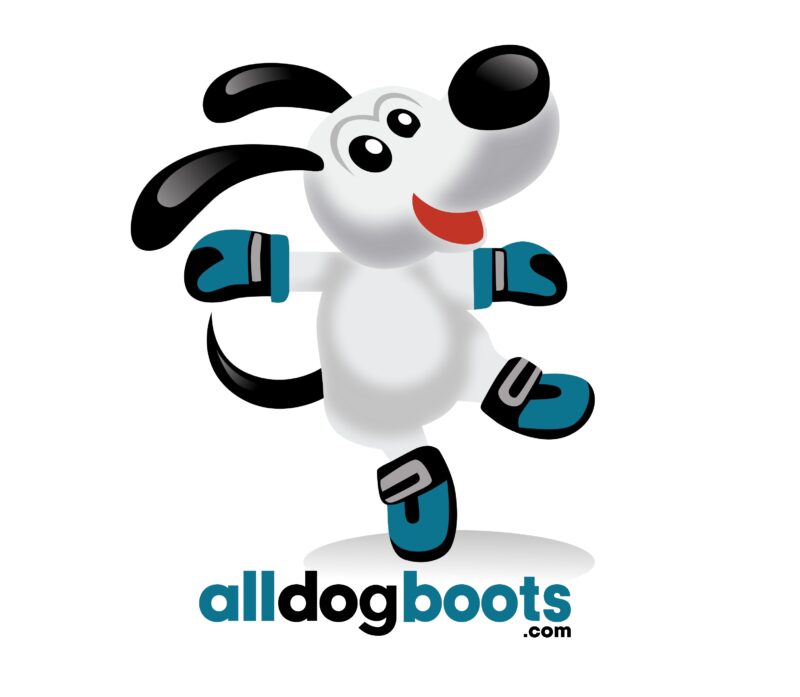


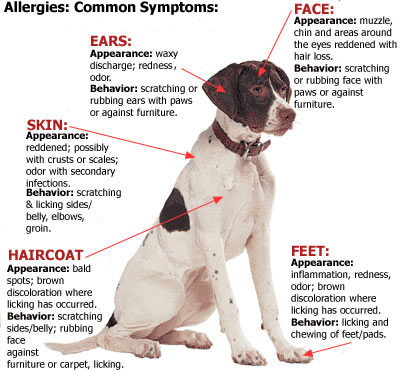
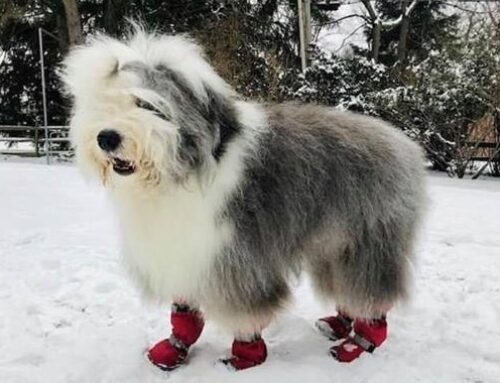
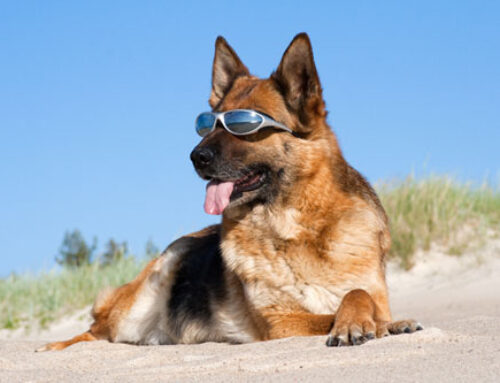






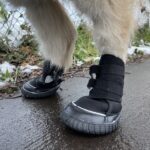



Leave A Comment